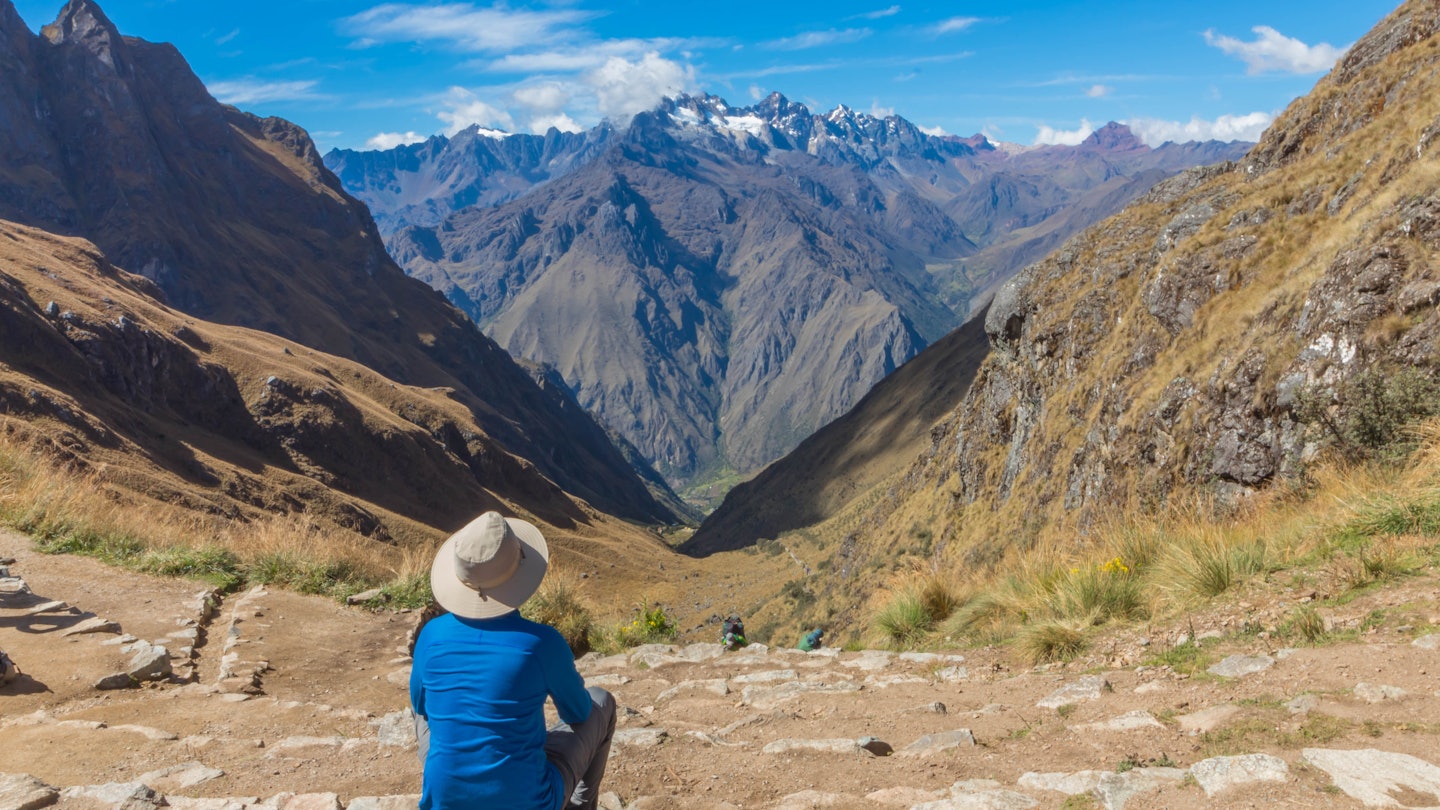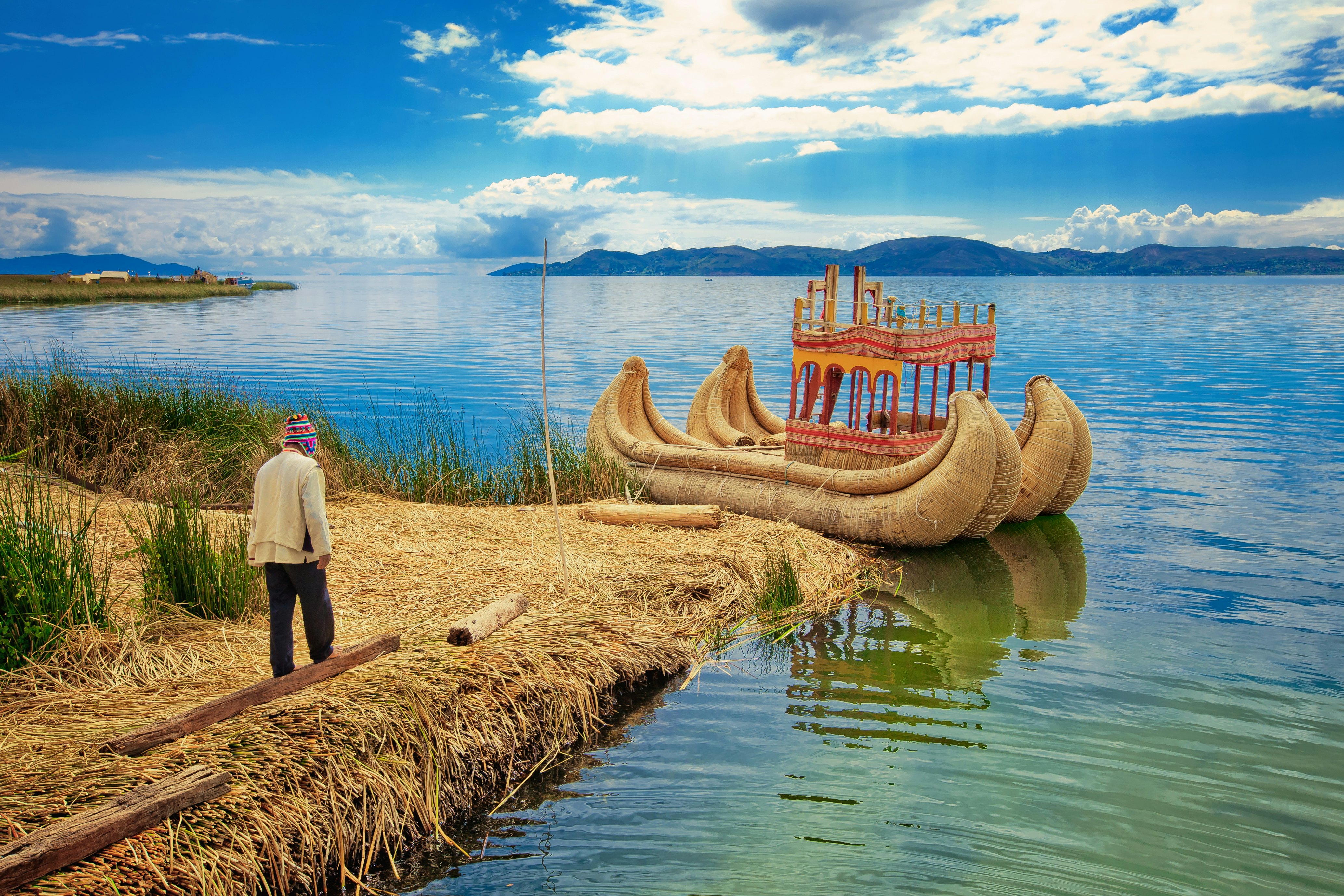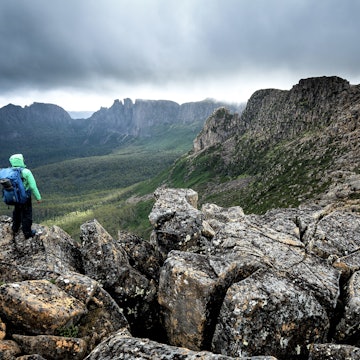
How to get your cell phone connected in Peru: eSIMs, wi-fi and mobile networks

Mar 17, 2025 • 8 min read

Peru's breathtaking landscapes, vibrant cultures, and ancient archaeological wonders reward getting off the grid. But if you want to stay connected on your next trip, here’s how. Laura Morris/Shutterstock
Travelers to Peru may find themselves pulled towards the Andes, into the Amazon or across the vast desert plains – a diversity of priceless landscapes that can cost you big in terms of roaming fees. Then again, it’d be a shame not to update family and friends back home with your latest gastronomic and outdoor adventures via text, video calls or uploads.
International roaming charges can quickly put a damper on these digital postcards, so what’s your best bet for using your cell phone while traveling in Peru? From local SIM cards at seemingly bargain prices to easy and reliable eSIMs from app-based providers like Saily, read on to ensure your phone will work in Peru.
Will my phone work in Peru?
Yes, your phone will work in Peru, with exceptions in isolated areas with low connectivity in the rainforest and off-the-beaten-path mountain towns. If you’re not planning on purchasing a local SIM or eSIM card, you can expect significant roaming charges for phone calls, texts and browsing. Your mobile network can advise on roaming fees, and AT&T, Verizon and T-Mobile have fees for daily and monthly international passes.
Beyond using social media to share selfies and research restaurants, you’ll want a reliable internet connection for rideshare apps in Lima, finding your way on Google Maps in rural areas, or for any unexpected emergencies that may arise.
How far your data goes depends on how you use it. With moderate use (2-3 hours a day) of web browsing, social media and messaging, 1GB could last a few days – video streaming will eat up your allowance faster. Download maps from navigation apps before traveling or while connected to the wi-fi of your hotel to prevent data use.

What mobile networks are available in Peru?
The titans of mobile networks in Peru are Claro and Movistar, although Entel and Bitel are gaining popularity. All offer strong coverage in major urban areas such as Lima, Cuzco and Arequipa. While hiking into the Andes or navigating the Amazon you will most likely experience spotty coverage.
These providers offer 3G and 4G coverage, with 5G available only in bustling cities like Lima, Cuzco and Arequipa. The most established carriers, Movistar and Claro, have the best 4G/5G coverage. You can visit your carrier’s site to see if they provide a map for international coverage.
How can I get a local SIM card?
A local SIM card will get you a Peru phone number (beginning with +51), making it easier to receive and call others with local numbers. Firstly, check with your mobile network that your phone is unlocked, otherwise you won’t be able to use a local SIM card.
Visitors to Peru can only buy a SIM card in official phone carrier stores in major cities such as Lima, Cuzco and Arequipa, as well as the Jorge Chavez International Airport. Convenience stores throughout major cities and tourist hubs in Peru are often decorated with the logo of one or two mobile networks to show that you can add on to your prepaid (pay-as-you-go) SIM, however they will not be able to sell you a SIM card.
When buying a SIM card:
You will need to show your passport. In rare cases you may be asked for your fingerprint and the address of your hotel or hostel.
A prepaid SIM (prepago) is a practical option for short-term visitors (staying less than a month), as you can purchase a card from any local network carrier for about US$1.50 plus the prepaid plan that best suits you.
Travelers planning to stay a few months in Peru may consider a postpago plan, a month-to-month contract with a local carrier that can have perks like unlimited data for social media and messaging apps
Pay close attention to the ‘special’ packages offered, as upon checkout you may find that deals are restricted to returning customers or those with Peruvian identification.
Claro offers a 10-day plan of 3GB for about US$3 with unlimited local calls, available in stores. If you download the Claro App, you can purchase a 700MB package for US$3 that includes unlimited local calls and 10GB of data dedicated to Facebook and WhatsApp. In Movistar stores, a 15-day plan of 2.5GB for about US$4 with unlimited local calls plus unlimited social media use is available. On the network’s app, you can find a 7-day 3GB plan for US$3 that includes unlimited WhatsApp.
If you have a good level of Spanish, let the carrier know what you need data for most.

Is eSIM available in Peru and how does it work?
An eSIM is a hassle-free way to avoid roaming fees and will provide data coverage as soon as you land in Peru. These digital cards are built into most modern phones meaning you will be able to message and call with your original phone number while accessing local networks in Peru. A quick internet search should be able to tell you if your iPhone or Android is equipped for an eSIM.
eSIMs offer a few advantages to a physical SIM:
It can be bought anywhere, even before you leave home, so you have access as soon as you land.
There's no passport, fingerprint or address required.
You don't need to remove your current SIM.
You can use several carriers and phone numbers at once.
They're available on some smartphones, tablets and watches.
Peru has local eSIM providers, such as Claro and Movistar, although you will still need to visit a local store upon arrival.
You can instead avoid the lines and never lose access to the internet and your apps by purchasing an eSIM before you travel. We recommend Saily as our eSIM partner for your next trip to Peru. Alongside the convenience of an eSIM, security features, such as preventing blocked items from downloading, are built in. eSIMs for travelers to Peru starts at US$6.64 for 1GB for seven days from Saily, though mobile data plans range to 10GB for 30 days.
Where can I find reliable wi-fi in Peru?
Lima’s Jorge Chavez International Airport currently offers just 15 minutes of free wi-fi using the network WIGO.LimaAeropuerto, after which you can opt to pay for additional time (beginning at US$6 for 2 hours). A few major cafes and restaurants inside the airport have their own free wi-fi, which can be accessed with a password shown on a receipt after purchase.
Throughout Peru you will find it is easy to connect to wi-fi by stepping into cafes, restaurants or fast food establishments. Hotels and usually even hostels will have free wi-fi services. Lodges in remote areas may only offer wi-fi in common areas and not in private rooms. However, you will soon tire of having to purchase a coffee every time you want to search the internet, hence another reason to settle on purchasing a SIM card or eSIM.
Consider using a VPN while connecting to wi-fi in any part of Peru as a means of securing personal information, especially if you’ll be doing any online banking.
How fast and reliable is the internet?
Peru’s internet speeds are catching up with Latin America’s fastest, but compared to the rest of the world it’s connectivity is still snailing along (speedtest.net ranks the country as 90th in the world for mobile speeds).
Peru’s median download speed hovers at nearly 200 mbps. If heading into the Andes region or the jungle, consider downloading maps and adding any necessary contact information such as for lodging beforehand as connection is unstable (and at times unavailable) in remote areas.
Are there any internet restrictions or censorship laws?
There are no internet restrictions or censorship laws or restrictions of VPN use in Peru. The Saily eSim app lets you choose from more than 100 virtual locations.

Can I stay connected at major tourist sites?
Machu Picchu is nestled in the high rainforest. Rainbow Mountain shows off all its colors at over 16,500 feet. The best of the Amazon jungle is typically accessed via a winding mototaxi ride or by boat. Don’t count on a wi-fi connection while visiting remote bucket-list destinations in Peru.
While you may not be able to post to social media in the moment of visiting archaeological sites or serene landscapes, you’ll likely have access upon returning to your lodge or a more populous area. For example, Aguas Calientes, the small town at the base of Machu Picchu, is full of restaurants and cafes that offer wi-fi.
Will I encounter language barriers when getting connected?
You’ll be hard-pressed to find telecommunications customer support in English in Peru, be it online or in person. If you are not confident in your Spanish-speaking skills, ask a friend to accompany you in purchasing a SIM card or use a translation app.
How much does it cost to stay connected in Peru?
International roaming fees vary depending on your provider, for example T-Mobile clients can expect to pay US$5 a day with just 512MB of data available. Local SIM cards cost about US$1.50 per GB, while a seven-day 1GB plan with Saily costs $US6.99 – with the perk of allowing you to bypass any time spent finding a network store or overcoming language barriers.

What local tech customs or etiquette should I be aware of?
Peru operates on 220 volts at 60 hertz, as opposed to the US’s 110 and 120 volts. Luckily, most electrical appliances that you’ll be traveling with – laptops, cellphones, tablets – are dual voltage, meaning no converter is necessary. A quick search on your specific product is a good way to assure you won’t burn out your charger. Most outlets in Peru are set up for flat, two-pronged plugs.
How do I contact emergency services if needed?
The central emergency number of the Policia Nacional del Peru (PNP), Peru’s national police force, is 105 but you can also dial 911 for emergency services.
This article was produced by Lonely Planet as part of our partnership with Saily. Lonely Planet's advice and opinions are solely our own.

Plan with a local
Experience the real PeruLet a local expert craft your dream trip.













